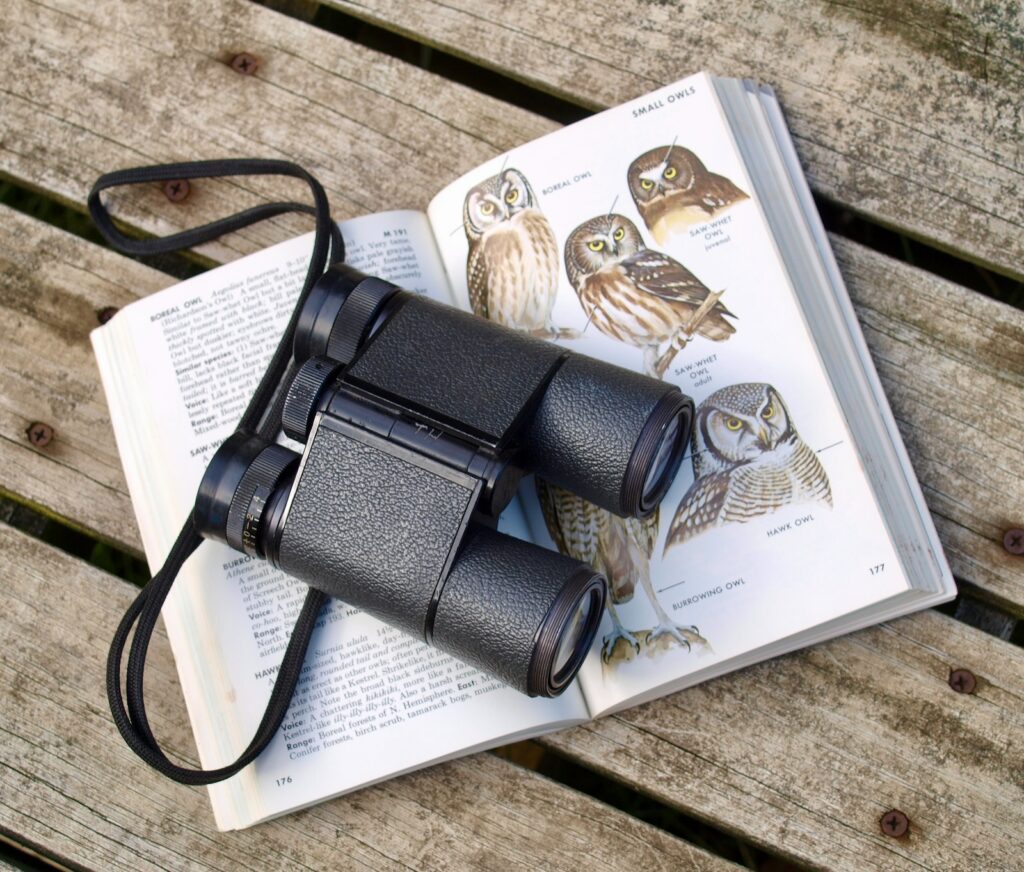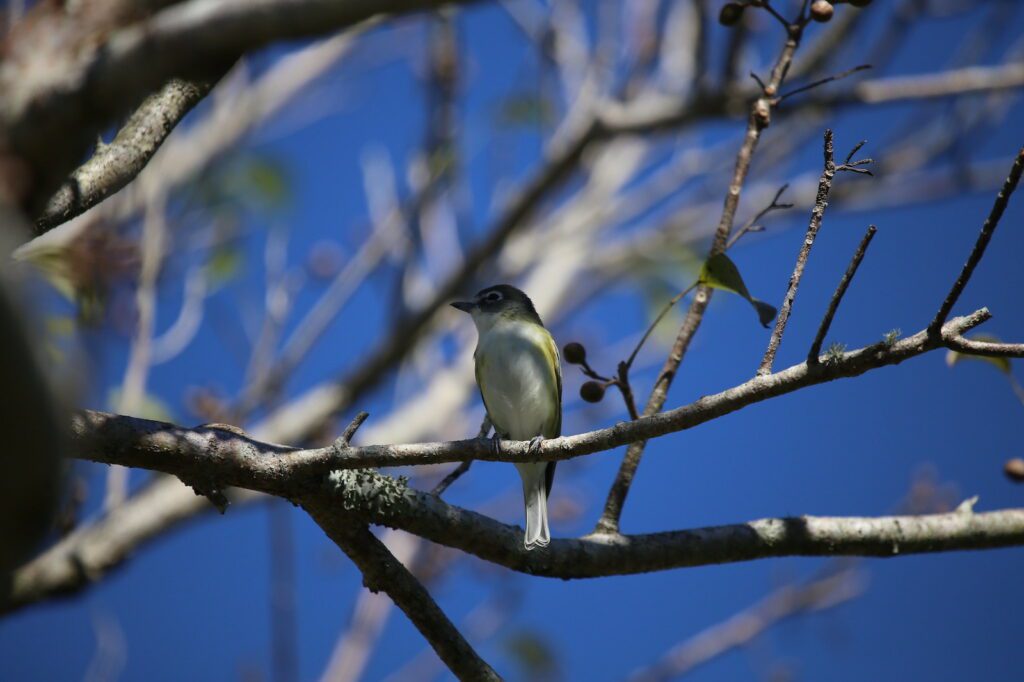
Bird-watching is a popular recreational activity in the Texas Hill Country region, which is home to a diverse range of bird species. The Hill Country is a birding paradise with its scenic trails, parks, and nature reserves that offer an ideal habitat for bird-watching enthusiasts. The area is known for its varied terrain, ranging from rolling hills to rugged canyons, and its unique flora and fauna that attract a wide variety of birds.
The best time for bird-watching in the Hill Country is from mid-September to mid-November, during the fall migration season. This is when the largest number of birds pass through the region on their way to their wintering grounds. Spring is also a great time to go bird-watching, as the birds return from their wintering grounds in Mexico and Central America. The mild climate of the Hill Country makes it an ideal destination for bird-watching year-round.
Whether you are a seasoned birder or a beginner, the Hill Country offers a range of bird-watching trails and nature reserves that cater to all levels of bird-watching enthusiasts. From the Lost Maples State Natural Area to the Milton Reimers Ranch Park, the Hill Country is home to several bird-watching hotspots that offer stunning views of the birds and their natural habitat. So, grab your binoculars and head to the Texas Hill Country for an unforgettable bird-watching experience.
Understanding Bird-Watching in Texas Hill Country
Texas Hill Country is a prime destination for bird-watching enthusiasts, offering a diverse range of habitats and bird species. From the endangered Golden-cheeked Warbler to the majestic Bald Eagle, the region is home to an abundance of birdlife that can be observed throughout the year. Here are some key things to keep in mind when planning your bird-watching trip in Texas Hill Country.
Best Seasons for Bird-Watching
The best time for bird-watching in Texas Hill Country is during the spring and fall migration seasons when many species of birds are passing through the region. Spring migration typically occurs from late February to early June, while fall migration takes place from late August to early December. During these times, birders can expect to see a wide variety of species, including warblers, thrushes, and flycatchers, among others.
Popular Bird-Watching Trails
Texas Hill Country offers numerous bird-watching trails that provide excellent opportunities to observe birds in their natural habitats. Some of the most popular trails include the Balcones Canyonlands National Wildlife Refuge, the Pedernales Falls State Park, and the Guadalupe River State Park. These trails offer a variety of habitats, including forests, grasslands, and wetlands, that attract a diverse range of bird species.
Wildlife to Look Out For
In addition to birds, Texas Hill Country is home to a variety of other wildlife that bird-watchers may encounter during their trips. These include deer, wild turkeys, armadillos, and even the occasional bobcat or mountain lion. It is important to be aware of your surroundings and to respect the wildlife by keeping a safe distance and avoiding disturbing them.
Tips for Successful Bird-Watching
To make the most of your bird-watching trip in Texas Hill Country, it is important to come prepared with the right gear and knowledge. Here are some tips to keep in mind:
- Bring binoculars and a field guide to help you identify birds.
- Wear comfortable clothing and sturdy shoes suitable for hiking.
- Be patient and observant, as many birds may be difficult to spot.
- Respect the environment by staying on designated trails and avoiding disturbing wildlife.
- Consider joining a guided bird-watching tour to learn more about the region’s birdlife.
Overall, Texas Hill Country is a fantastic destination for bird-watching enthusiasts, offering a wealth of opportunities to observe a diverse range of bird species in their natural habitats. By following these tips and guidelines, you can make the most of your bird-watching trip and gain a deeper appreciation for the region’s rich wildlife and natural beauty.

Significant Bird Species and Habitats
The Hill Country region of Texas is home to a diverse range of bird species, many of which are unique to the area. The region is particularly known for its endangered species, including the golden-cheeked warbler and black-capped vireo. These two species are the primary mission of the Balcones Canyonlands National Wildlife Refuge, which aims to protect their nesting habitats. The refuge is a must-visit for bird-watchers who are interested in observing these rare and beautiful birds.
Apart from the endangered species, the Hill Country region is home to several other bird species, including rufous-crowned sparrows, painted buntings, roadrunners, wild turkeys, doves, cardinals, flycatchers, wrens, quail, and green kingfishers. These birds can be spotted throughout the region, particularly in their respective habitats.
The endangered golden-cheeked warbler is particularly significant to the Hill Country region. The bird is a migratory species that nests exclusively in the Ashe juniper-oak woodlands of central Texas. The presence of this endangered species is a testament to the region’s unique habitat and ecosystem.
In addition to the endangered species, the Hill Country region is home to several other bird habitats, including grasslands, wetlands, and forests. These habitats provide a diverse range of environments for bird species to thrive in, making the region a prime destination for bird-watchers.
Overall, the Hill Country region is a must-visit destination for bird-watchers who are interested in observing a diverse range of bird species, including several endangered species. The region’s unique habitats and ecosystems provide a rich and diverse environment for bird species to thrive in, making it a prime destination for bird-watching enthusiasts.
Exploring the Terrain and Geology
The Hill Country is a region of rugged terrain, characterized by rolling hills, valleys, and canyons. It is home to many natural features that make it an ideal location for bird-watching. The region is dotted with streams, rivers, and lakes that provide habitats for a wide variety of bird species.
One of the most distinctive features of the Hill Country is its limestone geology. The region is underlain by a thick layer of limestone that has been eroded over time to create a unique landscape of cliffs, caves, and sinkholes. This geology also contributes to the region’s many spring-fed rivers and pools, which provide essential habitats for many bird species.
Many of the best bird-watching trails in the Hill Country follow the region’s waterways, providing opportunities to spot a wide variety of birds that are attracted to these habitats. For example, the Pedernales Falls State Park is home to the Pedernales River, which provides an excellent habitat for waterfowl such as ducks, herons, and egrets. Similarly, the Blanco State Park is located on the banks of the Blanco River, which is home to a variety of water-loving birds.
In addition to its waterways, the Hill Country is also home to many ponds and lakes that provide additional habitats for bird species. For example, the Inks Lake State Park is a popular bird-watching destination that is home to a variety of waterfowl, including ducks, geese, and swans.
Overall, the Hill Country’s unique terrain and geology provide a rich and diverse habitat for bird species. Whether you are interested in exploring the region’s waterways or its many ponds and lakes, there are plenty of opportunities to spot a wide variety of birds throughout the year.
Key Bird-Watching Locations
Texas Hill Country is a paradise for birdwatchers. With its diverse topography, the region offers a variety of habitats for birds, from grasslands and oak-juniper woodlands to riparian areas and limestone canyons. Here are some of the best bird-watching locations in the Hill Country:
Balcones Canyonlands National Wildlife Refuge
Located near Marble Falls, the Balcones Canyonlands National Wildlife Refuge is a must-visit destination for bird lovers. The refuge is home to two endangered bird species, the golden-cheeked warbler and black-capped vireo. The best time to visit the refuge is from April to July when the birds are nesting and singing. Visitors can explore the refuge’s trails, including the Warbler Vista Trail, which offers stunning views of the canyonlands and the birds.
Pedernales Falls State Park
Pedernales Falls State Park, located near Johnson City, is another excellent bird-watching destination in the Hill Country. The park features a variety of habitats, including oak-juniper woodlands, grasslands, and riparian areas. Visitors can spot a variety of bird species, including the black-chinned hummingbird, painted bunting, and canyon wren. The park also has a bird blind near the bird-viewing area, where visitors can observe birds without disturbing them.
South Llano River State Park
South Llano River State Park, located near Vanderpool, is a bird-watching hotspot in the Hill Country. The park features a variety of habitats, including oak-juniper woodlands, grasslands, and riparian areas. Visitors can spot a variety of bird species, including the golden-fronted woodpecker, black-capped vireo, and painted bunting. The park also has a bird-viewing station near the river, where visitors can observe birds.
Lost Maples State Natural Area
Lost Maples State Natural Area, located near Vanderpool, is a bird-watching paradise in the Hill Country. The park features a variety of habitats, including oak-juniper woodlands, grasslands, and riparian areas. Visitors can spot a variety of bird species, including the golden-cheeked warbler, black-capped vireo, and painted bunting. The park also has a bird-viewing area near the pond, where visitors can observe birds.
Hornsby Bend Bird Observatory
Hornsby Bend Bird Observatory, located near Austin, is a premier bird-watching destination in the Hill Country. The observatory features a variety of habitats, including wetlands, grasslands, and woodlands. Visitors can spot a variety of bird species, including the green kingfisher, black-bellied whistling duck, and scissor-tailed flycatcher. The observatory also has a bird-viewing area near the ponds, where visitors can observe birds.
In conclusion, the Hill Country is a bird-watching paradise with a variety of habitats and bird species. Visitors can explore the region’s trails, parks, and observatories to observe birds and enjoy the natural beauty of the Hill Country.
Seasons and Bird Migration Patterns
The Hill Country region of Texas is a prime location for bird-watching enthusiasts. The area is home to a wide variety of bird species, including sparrows, owls, waterfowl, ravens, eagles, geese, falcons, the zone-tailed hawk, yellow-crowned night heron, MacGillvray’s warbler, vultures, herons, and more.
The seasonal changes in the Hill Country region bring about a shift in the bird population as well. Spring and fall are the best times to go bird-watching in the area, as these are the seasons when many species migrate through the region. During the spring, birds are migrating north for the breeding season, while in the fall, they are heading south for the winter.
Bird migration patterns are influenced by a variety of factors, including food availability, weather conditions, and breeding habits. Many birds follow predictable routes and fly at specific altitudes, making it easier for bird-watchers to spot them. BirdCast issues 3-day migration forecasts each spring and fall migration season, which can be helpful in planning bird-watching trips.
In addition to birds, the Hill Country region is also home to a variety of wildflowers, butterflies, and dragonflies. The grasslands in the area provide a habitat for many species of birds and other wildlife, and turkey roosts can be found throughout the region.
Overall, the Hill Country region of Texas is a must-visit destination for bird-watching enthusiasts. With its diverse bird population and seasonal changes, there is always something new to discover and observe.
Bird-Watching as a Social Activity
Bird-watching is a great way to connect with nature and enjoy the company of fellow bird enthusiasts. It is a social activity that can be enjoyed by people of all ages and backgrounds. Whether you are a beginner or an experienced bird-watcher, there are many opportunities to meet other birders and learn from them.
One way to get involved in the bird-watching community is to join a bird-watching club or group. These groups often organize bird-watching trips and events, where members can explore new habitats and share their knowledge and experiences. Additionally, many parks and wildlife refuges offer guided bird-watching tours, which can be a great way to learn about local bird species and their habitats.
Another way to connect with other birders is to attend bird-watching festivals and events. These events often feature bird-watching workshops, presentations by expert birders, and guided bird walks. They can be a great way to learn about new bird species and connect with other bird enthusiasts.
If you are new to bird-watching, joining a bird-watching group or attending a bird-watching festival can be a great way to get started. Many bird-watching clubs and festivals offer bird guides and other resources to help beginners learn about bird identification, habitat, and behavior. Additionally, many bird-watching groups and festivals provide loaner binoculars and other equipment, so you can get started without having to invest in your own gear.
Overall, bird-watching is a social activity that can be enjoyed by people of all ages and backgrounds. Whether you are looking to connect with nature, meet new people, or learn about bird species and their habitats, there are many opportunities to get involved in the bird-watching community.



